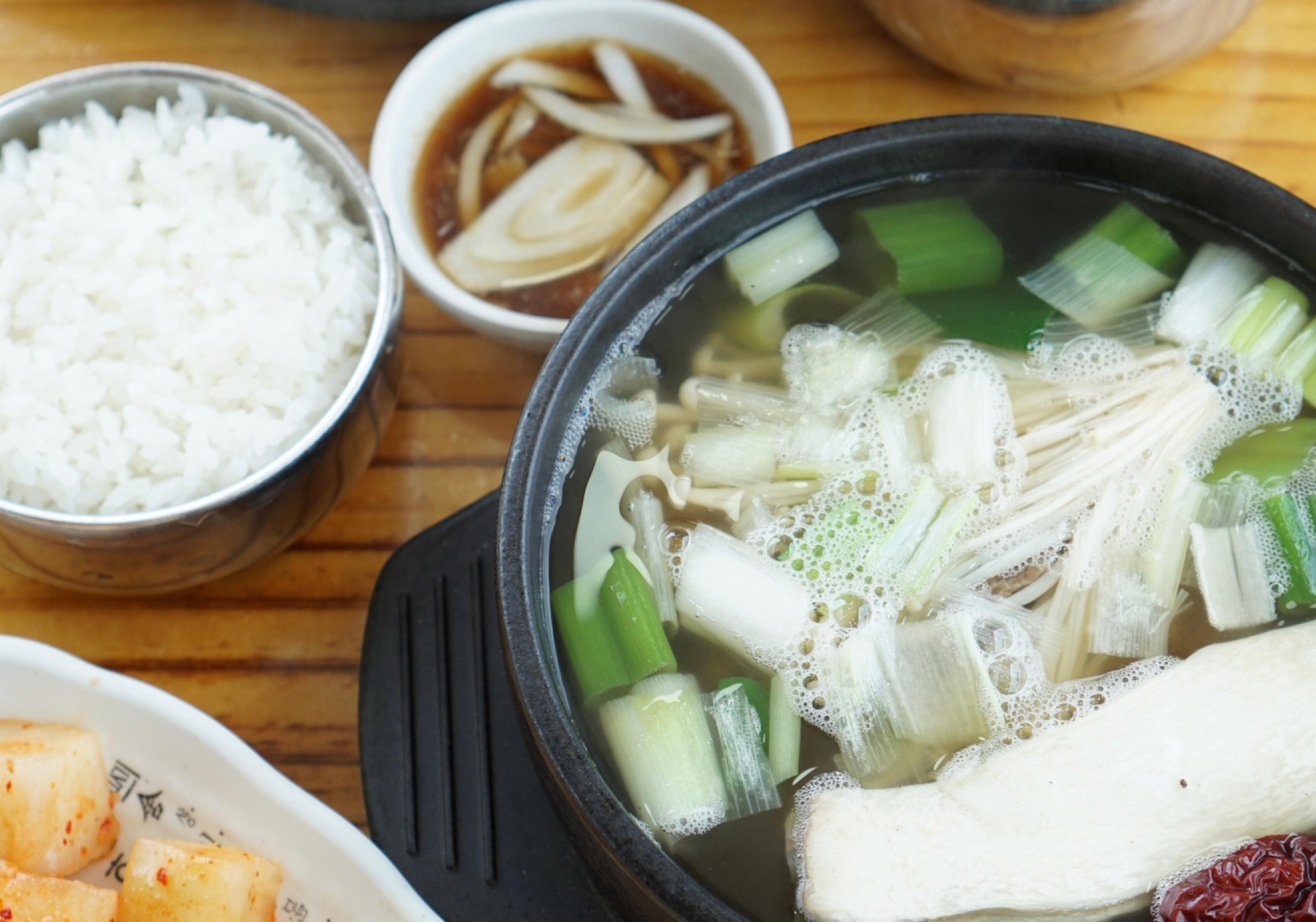**1. The Image of a Nourishing Food, and What’s Behind It**
Bone broth soup is considered a representative nourishing food due to the belief that it is rich in calcium, collagen, and protein from simmering bones for a long time. However, people with diabetes should carefully consider its nutritional components when consuming it.
**2. Why You Shouldn’t Drink All the Soup**
– **High Saturated Fat and Calories:** In the process of boiling the bones, a large amount of marrow and fat dissolves into the soup. This milky-white broth is mostly ‘saturated fat.’ Excessive intake of saturated fat raises blood cholesterol levels and worsens insulin resistance, which is very harmful to the cardiovascular health of people with diabetes.
– **High Sodium:** When eating bone broth, it is usually seasoned with salt, pepper, or other condiments. This leads to a significant intake of sodium, which is not good for blood pressure management.
– **Surprisingly Low Calcium:** Contrary to expectations, the amount of calcium that dissolves into the soup is very small, even less than in a glass of milk.
**3. How to Enjoy it Healthily**
– **Skim the Fat Before Eating:** It is best to cool the soup and skim off the hardened white fat from the top before eating.
– **Focus on Lean Meat, Not the Soup:** Choose soups with lean meat, like seolleongtang, and eat more of the solid ingredients and less of the soup.
– **Season Lightly:** Minimize salt and use spices like green onions and pepper instead.
Summary: The milky broth of bone broth soup can be a lump of ‘saturated fat and sodium’ rather than a lump of nutrition. People with diabetes should avoid drinking all the soup and consume it lightly seasoned, focusing on lean meat after skimming off the fat.


Leave a Reply